Common poultry diseases are the most concern for the farmers. Poultry birds are the most common sources of animal protein in the human diet by providing meat and eggs. Poultry farming is one of the profitable businesses in the agricultural sector. The poultry birds include chicken, duck, turkey, ostrich, quail, goose, and wild turkey. Most of the diseases of poultry can be prevented by taking adequate management, cleanliness, balanced feed supply, ventilation, water supply, vaccination, and regularity.
What are the Most Common Chicken Diseases?
Poultry birds are vulnerable to many diseases caused by bacteria, viruses, fungus, parasites, metabolic disorders, and nutritional deficiencies. The most common poultry diseases are Fowl Pox, Salmonellosis, Aspergillosis, Infectious Coryza, Newcastle Disease, Infectious Bursal Diseases, Fowl Typhoid, Coccidiosis, Mycoplasmosis, Encephalomyelitis, and Avian Influenza(AI). There are other uncommon diseases like Marek’s Disease, Egg Drop Syndrome, infectious Bronchitis; that can be prevented easily by vaccination. Nutritional deficiency or managemental diseases can be reduced by balanced ration and improved management.
10 Most Common Pet Bird Diseases for The Owner of Birds
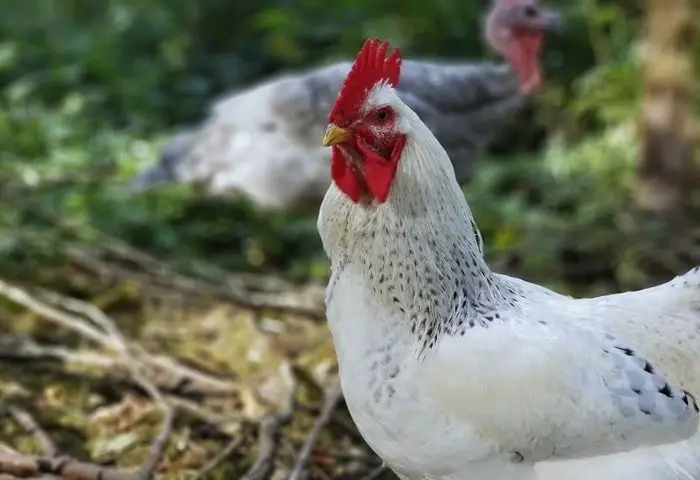
1. Poultry Diseases: Fowl Pox
Fowl Pox is a slow-spreading infectious disease that is caused by avian DNA pox virus. It affects most of the bird species and occurs in both dry and wet forms. Infection occurs through skin abrasions or bites via the respiratory route. The disease is transmitted by birds, mosquitoes, or fomites. The symptoms of fowlpox are warty, spreading eruptions and scabs on comb and wattles, caseous deposits in mouth and sometimes the trachea, reduced egg production, weak growth, inappetence, depression. There is no effective treatment of fowl pox and vaccination prevents the disease and control the spreading of the infected flocks.
Choosing The Best Pet Birds: Top 20 Pet Birds Reviewed For The Beginners
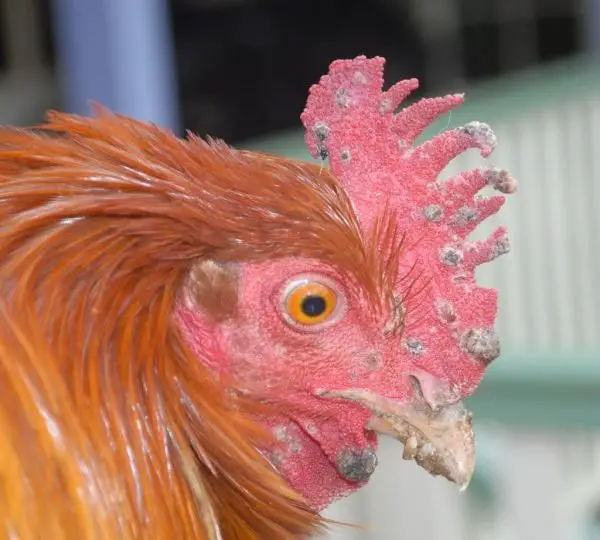
2. Gumboro or Infectious Bursal Disease(IBD)
It is a highly contagious infectious viral that is caused by infectious bursal disease virus. Another name is Gumboro and it is seen in young chickens. The virus shed in the feces and spreads between birds or by contact with a contaminated environment. There is no vertical transmission. The virus is difficult to eradicate and the virus is very firm and robust. Clinical symptoms include mucoid diarrhea with soiled vent feathers, a rapid drop in feed and water consumption, ruffled feathers, picking at own vent, and sleeping with beak touching the floor, listless chicks with unsteady gait or sitting in a hunched position. There is no treatment for Gumboro disease. The supportive treatment is beneficial such as vitamin and electrolyte supplements and antibiotics to treat any secondary bacterial infections, which may reduce the impact of the disease.
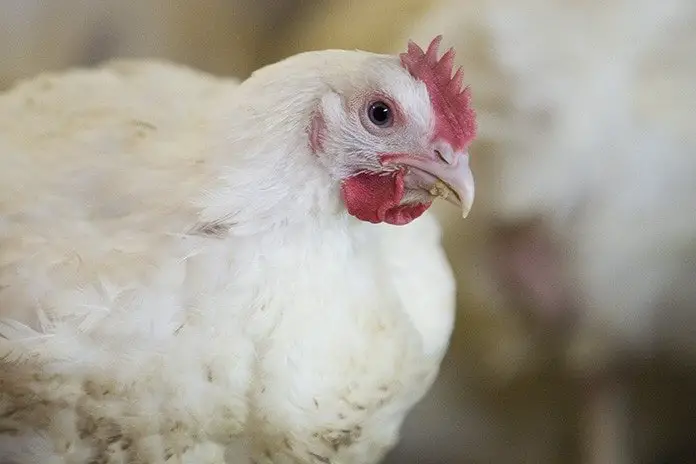
3. Poultry Diseases: Mycoplasmosis
Mycoplasmosis is an infectious disease caused by a microorganism that is Mycoplasma gallisepticum. It is a chronic respiratory disease and a decreased growth rate and egg production. The symptoms may include sneezing, rales coughing, nasal discharge, frothiness, difficulty in breathing, swelling around the eye. The disease transmitted vertically. The causal agent is sensitive to some antibiotics and vaccines for some mycoplasmas are also available. Prevention is done by biosecurity and disinfectants and sunlight are destroyed the organisms.
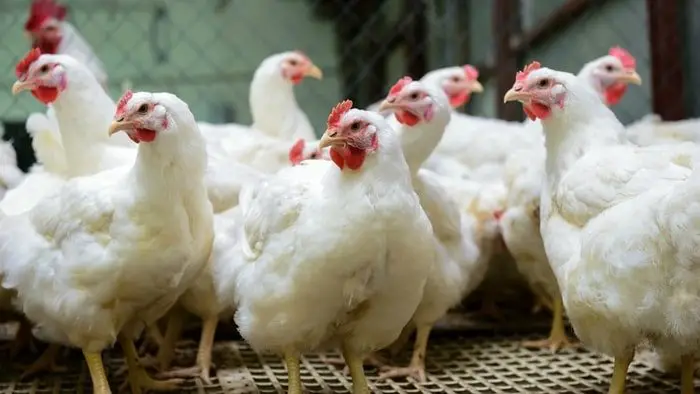
4. Coccidiosis in Poultry
Coccidiosis is an infectious disease caused by a microscopic parasite called coccidia that is transmitted by the droppings from the infected birds. The organisms damage the host’s intestinal system that causing the loss of production, morbidity, and death. Symptoms may include weakness and listlessness, diarrhea, blood located at the vent site of the bird, pale comb or skin, ruffled feathers. The most effective treatment in coccidiosis is amprolium that works the parasite’s ability to uptake and multiply.
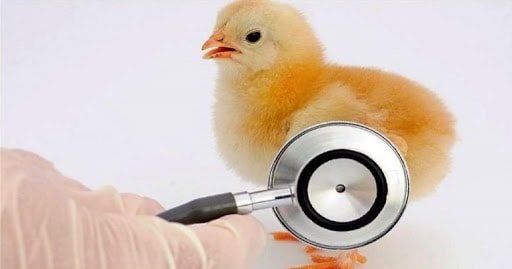
5. Poultry Diseases: Fowl Typhoid
Fowl Typhoid is an infectious disease caused by Salmonella gallinarum. It is very similar to pullorum disease that causes high mortality. Clinical signs include decreased egg production, diarrhea, anorexia, dehydration, weakness, and high death. It is seen in Chicken and turkey, and other birds. The treatment is done by Amoxycillin, potentiated sulphonamide, fluoroquinolones, and tetracyclines. In some areas, the vaccine has been used in fowl typhoid.
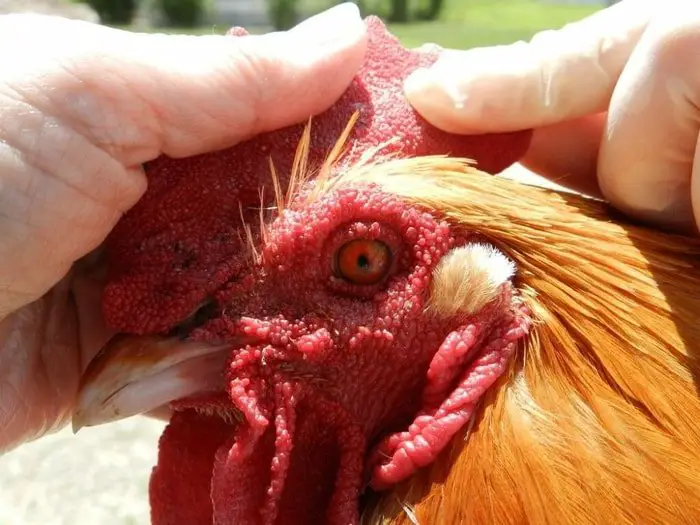
6. Infectious Coryza in Chicken
Infectious Coryza is a bacterial disease caused by Avibacterium paragallinarum. It affects the respiratory system and causes high economic losses. The condition is seen only in chickens and characterized by sneezing, nasal discharge, and swelling of the face under the eye. Transmission of the disease is direct contact, air droplets, and drinking contaminated water. Treatment is given with the use of antibiotics. Vaccination should be used and prevention and control maintain the use of stock coryza free birds.
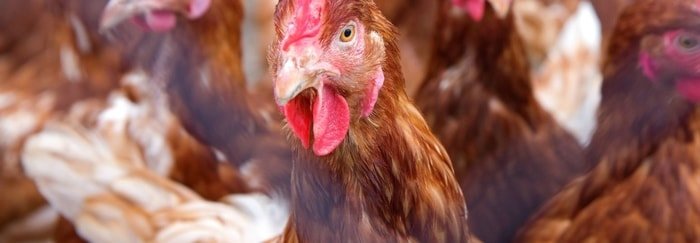 7. Chicken Encephalomyelitis
7. Chicken Encephalomyelitis
Chicken encephalomyelitis is a viral disease of the central nervous system of the poultry caused by the picornavirus. The most common transmission is the vertical transmission and the condition is also spread by direct contact. The symptoms include ataxia, dull eyes, drop in egg production, cataracts, nervous sign, paralysis, tremor of head, neck, and wings. There is no treatment for the disease. Prevention is a better way to control the disease. Remove all infected birds and to provide fresh food and water and good nursing.

8. Salmonellosis or Pullorum Disease in Chicken
Salmonellosis or Pullorum disease is an infectious disease that is caused by Salmonella enterica. It is characterized by high mortality in young chickens and turkey. Transmission may be vertical and also occurs by direct or indirect contact with infected birds or contaminated feed or water. The clinical signs include white diarrhea, ruffled feathers, closed eyes, vent pasting, loud chirping, gasping, lameness, depression, inappetence. Treatment is done by Amoxycillin, potentiated sulphonamide, tetracyclines, fluoroquinolones. It is controlled the hatching eggs should be clean and disinfected. Salmonella negative feed should be obtained and the day-old chicks should come from salmonella-free breeder flocks.
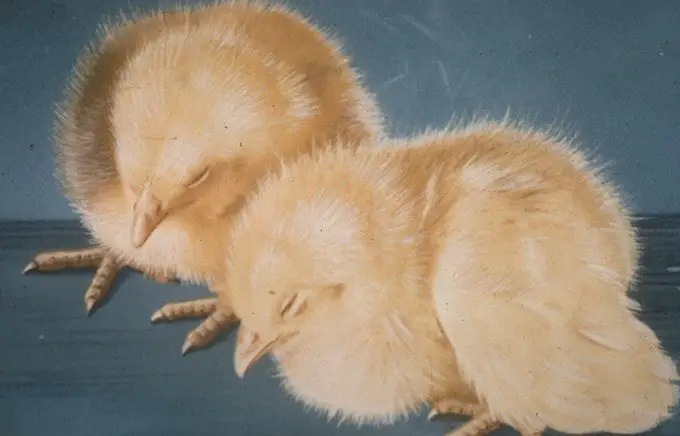
9. Avian Influenza or Bird Flu
Avian Influenza’s other name is Bird flu, which is a viral infection that is caused by Avian Influenza (flu) Type A viruses. The most common form of bird flu is H5N1. The symptoms include diarrhea, cough, respiratory problem, fever, headache, runny nose, malaise, sore throat. Transmission between individuals birds is by ingestion or inhalation. Biosecurity practice is essential to the prevention of Avian influenza or bird flu. Vaccination should be done and it prevents clinical sign and death and mostly reduce virus propagation and excreted from the respiratory and GI tracts.
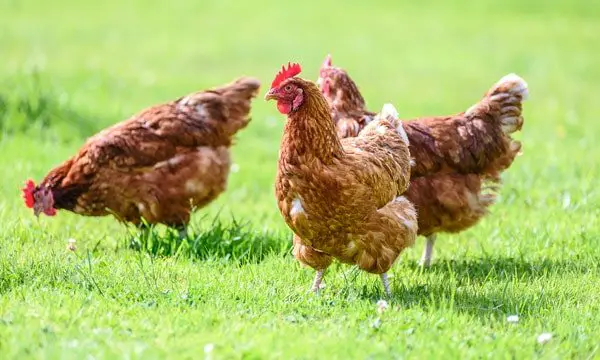
10. Newcastle Disease or Ranikhet Disease
Newcastle Disease or Ranikhet is a viral respiratory disease caused by Newcastle disease virus. It is spread by inhalation or ingestion of the virus. other sources of infection are contaminated equipment, water, food, carcasses, and clothing. The symptoms may include coughing, gasping, depression, inappetence, drooping wings, muscular tremors, circling, greenish watery diarrhea, twisting of head and neck, complete paralysis. There is no available treatment of Newcastle disease. Antibiotics may control secondary bacterial infection.
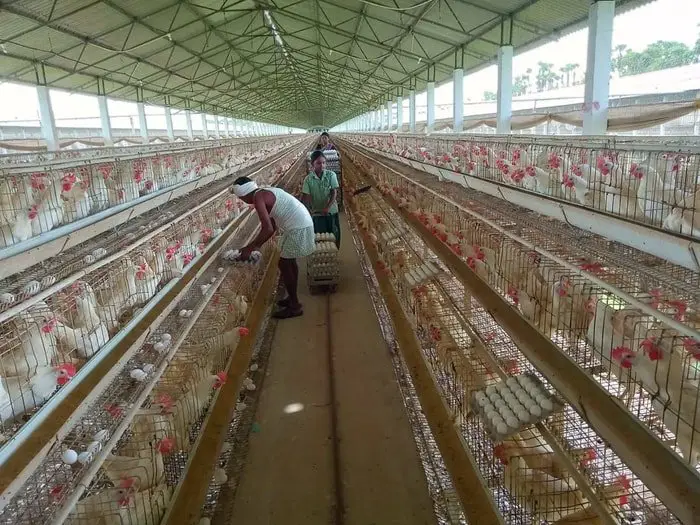
Concluding Remarks on Poultry Diseases
Poultry diseases are a headache for the farm owners. In my article, I have discussed the most common diseases of poultry very briefly. You have received an overall idea about the deadly diseases of your lovely and lively birds. You can take adequate preventive measures for them. You can run your farm profitable by eradicating or controlling the above conditions on your farm. If the above information helps you, please share the article with your friends.